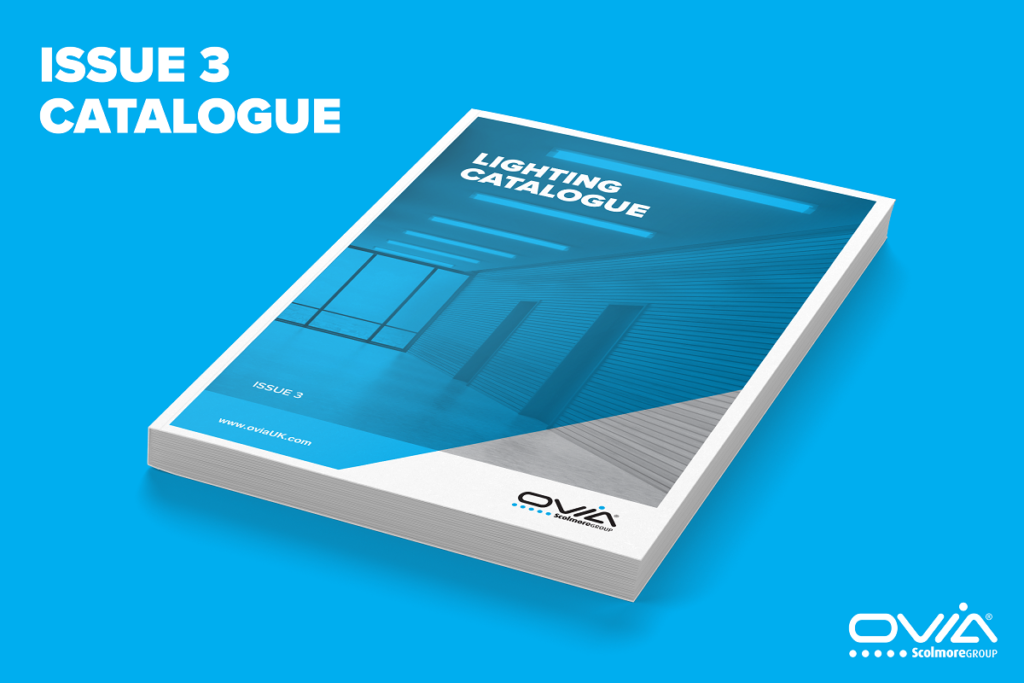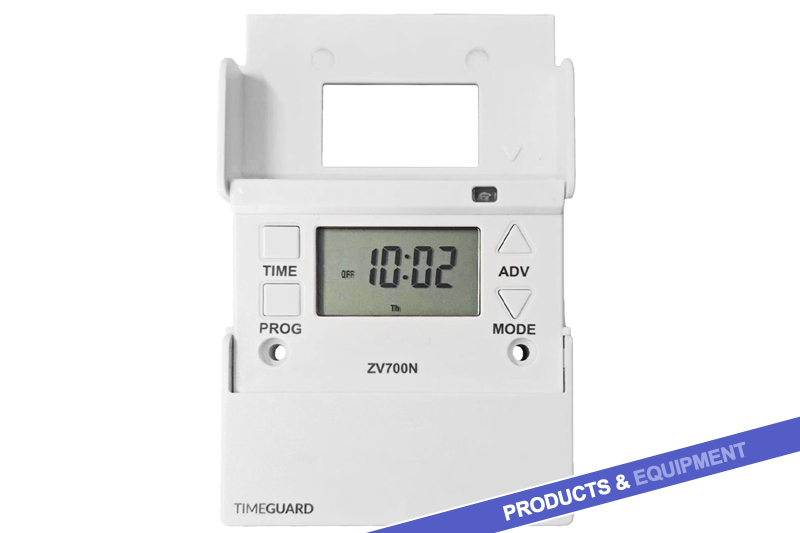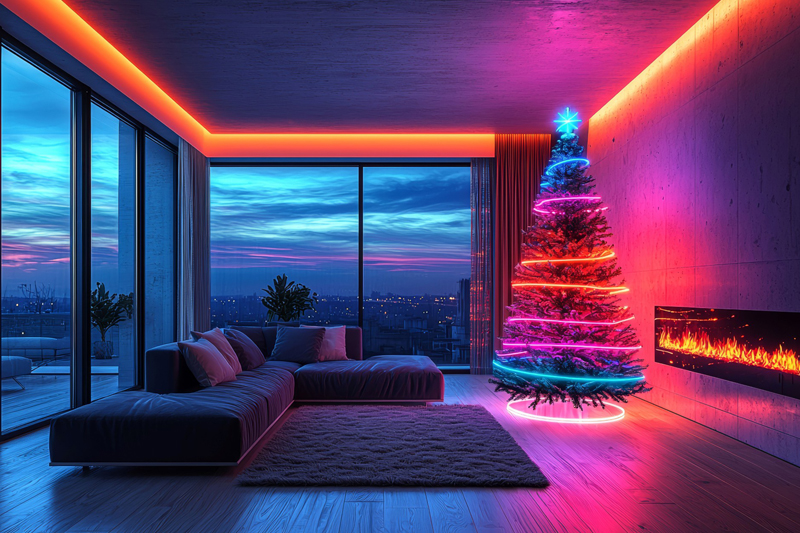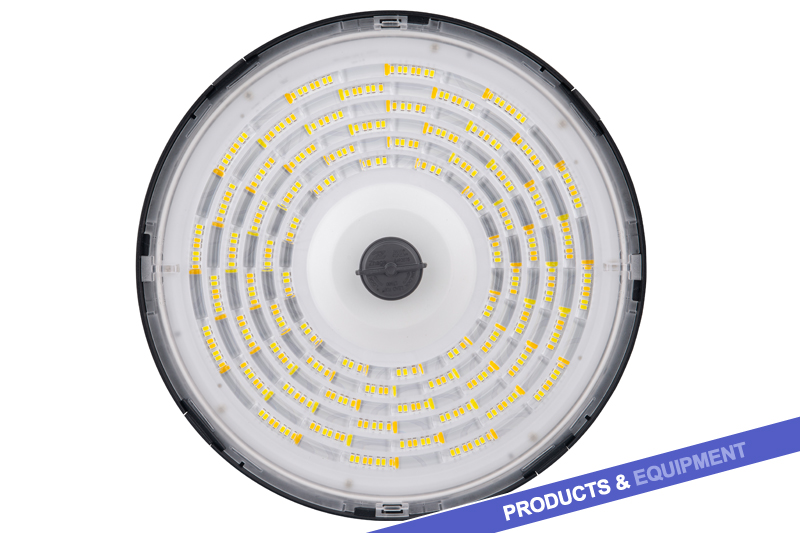With households and businesses facing huge hikes in energy bills, and the prospect of high gas and electricity prices lasting for another two years, Mike Collins, Sales Director with Ovia Lighting, looks at how being smart with lighting can help reduce energy consumption.
When the new energy cap comes into force on 1st April, average energy bills will increase by £693, a rise of 54%, to £1,971 a year. Experts have also warned that the energy price cap could rise once again in October 2022 by 20%.
There is no shortage of advice in circulation on ways that householders can reduce energy consumption, with turning off lights at the top of the list. However, as well as switching off lights in general, consideration should be given to switching the lamp itself, to more energy efficient LED alternatives.
According to the latest lighting report from AMA Research – the 15th edition Lighting Market Report – UK 2020-2024 – the key driver for the lighting market is the rapid adoption of LED lighting in both the non-domestic and domestic construction sectors. LED’s growth in market share has been underpinned by energy efficiency regulations, leading to the removal from sale of halogen lighting from September 2021 and fluorescent lighting set to follow in September 2023. With LED lighting increasingly seen as key to improving environmental footprints and driving down energy consumption, the global LED market will continue to grow significantly in the coming years. In 2020 the global LED lighting market stood at $55,201.9 million and is expected to reach $152,442.3 million by 2030 – demonstrating a CAGR of 10.7% from 2020 to 2030.
Significant improvements in light output and quality, including a wider spectrum and warmer white light, is helping to boost their acceptability in the market. LEDs now represent the majority of UK lamp sales.
It pays to switch
According to the Energy Savings Trust, lighting accounts for 15% of a typical UK household’s electricity bill, so all measures taken to reduce consumption will be key when trying to keep costs down. LEDs use less energy and cost a lot less in the long run. A traditional halogen bulb lasts around two years, based on three hours’ daily use, around 2,000 hours. An LED under similar conditions lasts 10,000 hours upwards, for 10 years or longer.
The Energy Savings Trust also says that savings can be made of between £2-3 per year for every traditional halogen bulb switched to a similarly bright LED bulb. If the average UK household replaced all of their bulbs with LEDs, it would cost about £100 and save about £40 a year on bills and would reduce the carbon dioxide emissions by up to 40kg a year. That is equivalent to the carbon dioxide emitted by driving a car around 140 miles.
While it will have an effect, replacing traditional lamps with LEDs is just the tip of the iceberg when it comes to driving down energy consumption and reducing costs and environmental impact. The advancement of smart technology has created new opportunities for individuals and businesses to really make a difference. The combination of LEDs and controls is the future. For the home, lighting can now be easily controlled via an app on a mobile device to ensure lights are only on where and when necessary.

Energy and cost saving calculations
For businesses, replacing outdated lighting with modern LED systems will help them to improve energy consumption and reduce costs at a time when many of them are facing rising operational costs.
For a quick guide to the cost and energy savings on products within the Ovia lighting collection, contractors can use the ‘Tool Kit’ feature on the Scolmore Group App where they can access the Ovia Lighting Cost Saving Calculator to see cost and energy savings across the product range.
For larger and more complex installation requirements, Ovia offers a more in-depth service which includes a free site survey. A member of the Ovia team will visit the site in question and carry out a full survey of the existing lighting installation. They will take into account which lamps are currently being used and the quantity, how long they are on for, any areas not in use, for example. With all the facts and figures to hand, Ovia will put the information into a calculation to work out which particular products – lamps and controls – are required to maximise the reduction in energy consumption and therefore running costs for that specific building.
The cue to lighten up
Energy efficiency was top of the list of priorities for a recent lighting project undertaken by Ovia. Q Catering is a leading wholesale foodservice provider to caterers across Kent and East Sussex. When a decision was made to upgrade the outdated lighting provision in the warehouse, Ovia’s Inceptor Hion 200W LED Dimmable Highbay fittings were selected to provide a high performance, more energy efficient LED alternative to the fluorescent fittings that had been in place since 2003 and a total of 12 of the fittings were installed.
To find out more click here





